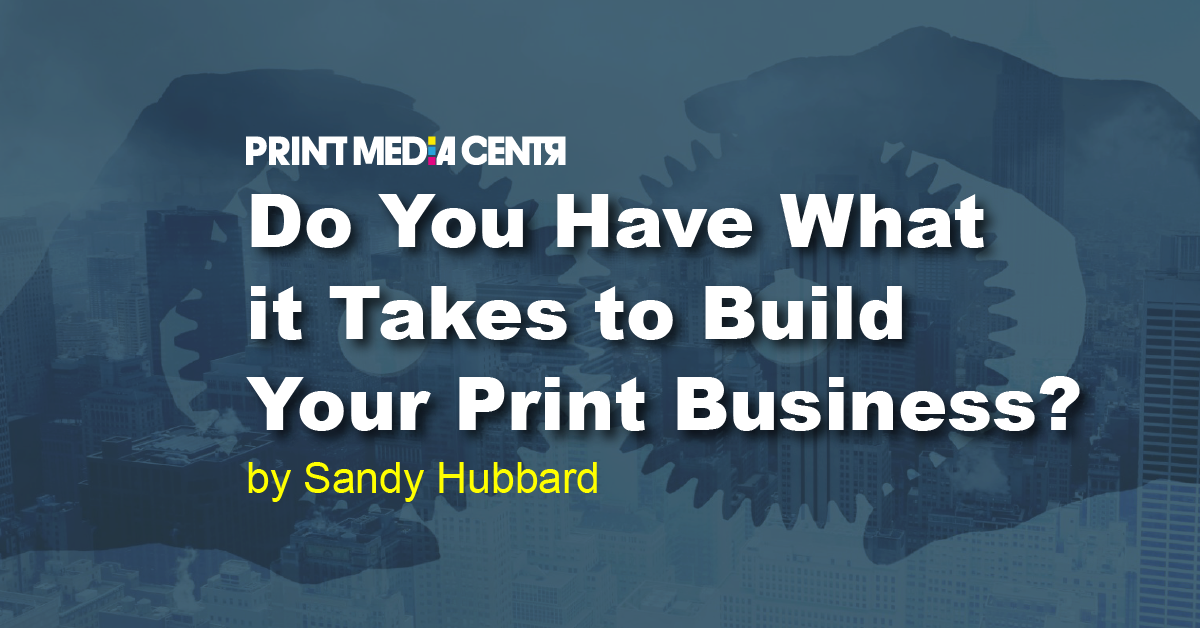My printer called me to ask me to help Ed, a customer who was struggling financially and more than 120 days behind in payments.
“Ed’s a great guy,” the printer said, “It’s a long shot, but if there’s any hope of getting his business turned around, you’re the one we think can help him.”
The printer said that Ed was open to meeting me at his home.
I drove into the country, onto a gravel road, over the railroad tracks, and down a long driveway where dogs barked and jumped at my car.
“They’re friendly!” Ed yelled as I angled my car under some trees.

“Come inside for lemonade,” he said, and he held the dogs back as I climbed out of my car.
Ed had a tidy bungalow with a screen door that had a spring so tight it tried to close on me as I followed him in.
He gestured to the plaid sofa and I sat. His wife came out with a tray of lemonade and a plate of bran muffins. She set the tray on the coffee table, served herself and her husband, and then sat in the twin recliner next to Ed.
“So?” Ed said expectantly.
I had been in dozens of these conversations, and they usually started the same way.
The client always wanted me to lay it all out, and he would decide if my plan was worthy.
I gave a brief background on myself, the types of businesses I had helped, and my years in print and publishing. I knew I didn’t have to say much. It was enough that we shared a mutual printer who trusted me with this confidential situation.
I said: “Tell me about yourself. How did you get started in the business…?”
He didn’t know it, but I was the one who would decide if *he* was worthy.
He talked for a long time, and his wife nodded with the stories. When he was done I knew what had to happen.
I was diplomatic.
“If we can build the business back up, get your bills paid, and make you proud, that would be ideal, wouldn’t it” I said.
They nodded.
I drank some lemonade and looked out at the dusty driveway. The dogs were lying in the shade next to my car, their tongues hanging out in the heat.
I had a good feeling about this couple.
“Ed, I’ll be honest,” I said. “If we do build up your business — and I say this with the utmost respect — you will need to sell it. We will build it, but we’ll do so to attract the right kind of buyer. If you end up keeping the business after we build it, I don’t think you can sustain it.”
I continued.
“Before long, you’ll be back to square one. You’d have to close the business or sell it to someone who won’t take good care of it. That’s my experience in these situations.”
They stared at me.
“Build it to sell it. That is my opinion,” I repeated.
Ed’s lemonade sat on a coaster on the table next to him. The condensation dripped down the glass. I wanted to pick it up and keep it from flowing onto the wood.
Ed’s wife nodded briskly in a way that made me think she agreed, but she wasn’t going to make waves. She got up, carried her glass into the dim kitchen, and she did not come back.
To be honest, I don’t remember what happened next. I don’t remember how we ended things, how I got to my car, or whether I petted the dogs.
I do remember that I helped Ed revive and reposition his business.
We built up sales. Negotiated relief on some of his bills. Converted an analog workflow to digital. Updated marketing materials. Modernized his brand. Wrote letters to key customers.
Within 90 days, he was able to sell the business to someone who cared about it.
Ed and his wife called me the miracle worker. They plunged happily into retirement.
The new owner contracted with me to help her through the transition. Under her brilliant leadership, she aimed high and executed impeccably. Since then, the business she acquired from Ed has grown and is still leader in its niche.
I’m proud I had a part in that story.
How about you? Where are you with your business?
There is a sharp moment when a business is at a crossroads.
For those who have what it takes and are willing to invest to grow, there are opportunities.
Good marketing can boost a business that is strong and positioned for the future. Great marketing can turn things around long enough to get a new buyer in the door.
And amazing marketing?
That’s for miracles and long shots and those who are worthy.
Add your comments below and read more posts from Sandy Hubbard – Marketing Strategist 🌻 for the Printing Industry.
 Sandy Hubbard is a relentless advocate for the power of print. As a Marketing Strategist for the Printing Industry, she helps printers develop a strong thought leadership program that elevates the business and builds a legacy. You can find Sandy talking about print on LinkedIn every Wednesday, co-hosting the longest-running and most influential conversation in the printing industry, #PrintChat.
Sandy Hubbard is a relentless advocate for the power of print. As a Marketing Strategist for the Printing Industry, she helps printers develop a strong thought leadership program that elevates the business and builds a legacy. You can find Sandy talking about print on LinkedIn every Wednesday, co-hosting the longest-running and most influential conversation in the printing industry, #PrintChat.












